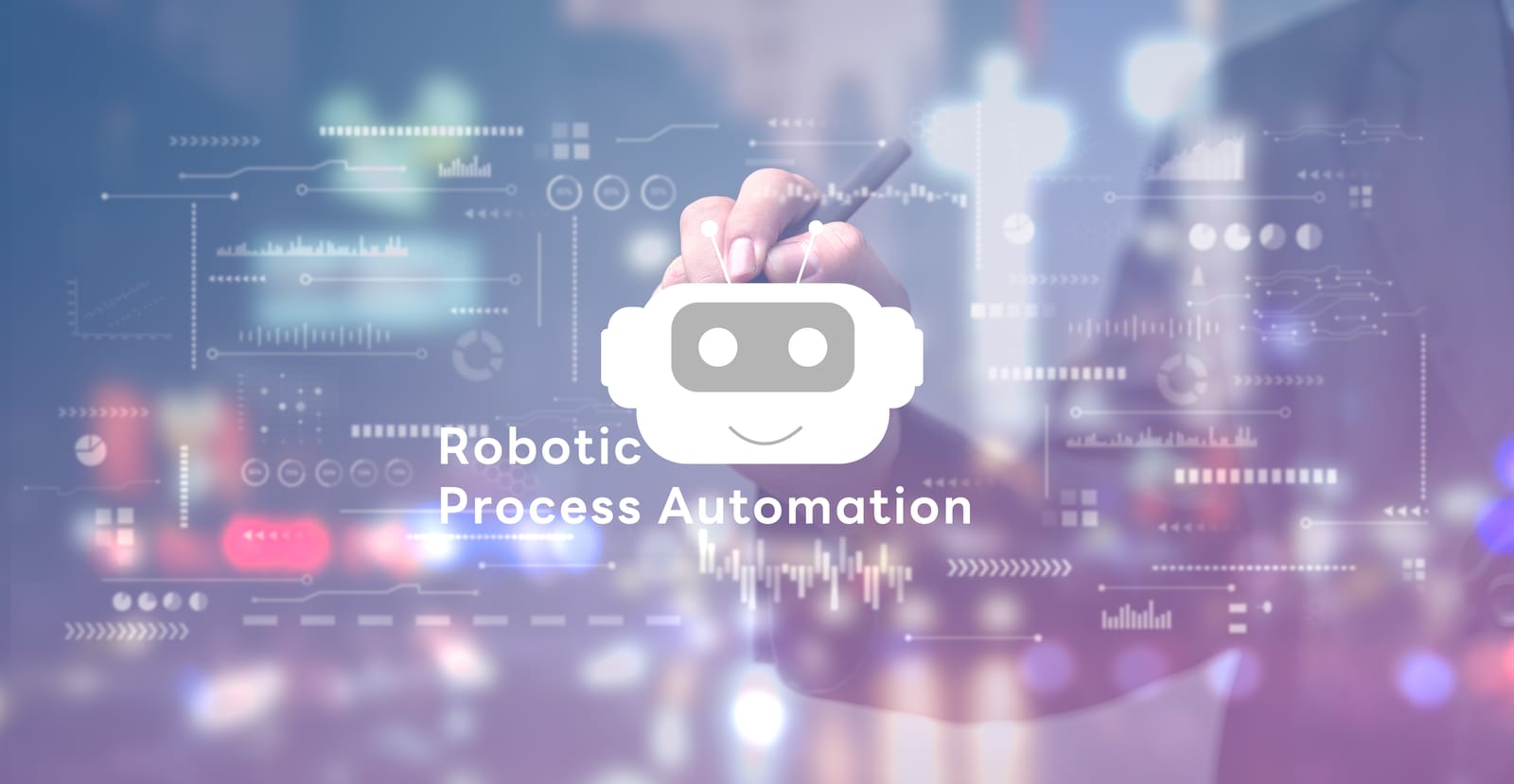Leveraging RPA Tools: Empower Your Business with Seamless Automation
Automation technologies are at the forefront of driving operational efficiency, transforming the way businesses operate. Modern Robotic Process Automation (RPA) tools go beyond simple task replication, offering intelligent systems that can learn, adapt, and integrate seamlessly across various business functions. By leveraging these technologies, organizations can achieve significant competitive advantages, improving accuracy, efficiency, and resource allocation.
This article explores how Python-based RPA solutions offer exceptional flexibility and value in the automation landscape. We’ll examine the distinctive capabilities of modern RPA tools and provide a framework for selecting the solution that aligns with your specific business requirements.
Whether you’re new to automation or looking to upgrade existing systems, you’ll discover how RPA tools can transform repetitive tasks into streamlined processes that free your team to focus on strategic initiatives.
Understanding Modern Automation Solutions
RPA technology has come a long way from its early days of basic automation. What started as simple macro recordings and screen scraping has evolved into powerful platforms capable of managing complex workflows. Today’s RPA tools are equipped with cognitive capabilities that allow them to handle decision-making processes, adapt to new information, and continuously improve their performance.
In the past, automation was limited to repetitive, rule-based tasks. However, the integration of artificial intelligence (AI), machine learning (ML), and natural language processing (NLP) has expanded RPA’s reach.
These intelligent systems are not only able to perform tasks but also make decisions, recognize patterns, and adjust to dynamic environments. Python, as a leading programming language, plays a pivotal role in these advancements, providing a versatile platform for both simple and complex automation needs.
The Python Advantage in RPA
Python has emerged as a game-changing language in the RPA ecosystem, offering unique advantages that make it particularly well-suited for modern automation challenges:
- Accessibility and Readability: Python’s clean syntax and readability make it accessible to both developers and business users with minimal programming experience. This democratizes automation development and maintenance across organizations.
- Rich Ecosystem: With over 400,000 libraries in PyPI (Python Package Index), Python offers ready-made solutions for virtually any automation challenge, from web interaction to data processing and AI/ML capabilities.
- Cost-Effectiveness: As an open-source language, Python eliminates the licensing costs associated with proprietary platforms, making enterprise-grade automation accessible to businesses of all sizes.
- Integration Capabilities: Python’s versatility allows it to interact with nearly any system, from modern RESTful APIs to legacy applications, databases, and enterprise systems.
- Future-Proof Technology: With strong backing from the tech industry and continuous development in cutting-edge fields like AI, Python ensures that your automation solutions remain relevant and powerful as technology evolves.

Essential Capabilities of Modern RPA Platforms
Today’s premier RPA automation tools are distinguished by several key capabilities:
Process Intelligence and Analytics
Advanced RPA tools now offer built-in process mining and analytics that identify automation opportunities and measure performance improvements. These features help organizations pinpoint inefficiencies before implementation and quantify ROI after deployment.
Process intelligence tools map existing workflows to identify bottlenecks and suggest improvements based on historical data. They provide real-time performance monitoring while calculating time and cost savings from automation implementations. These analytics capabilities continuously identify additional automation opportunities, creating a virtuous cycle of operational improvement.
AI and Machine Learning Integration
The integration of cognitive technologies enables automation systems to handle unstructured data, make decisions based on pattern recognition, and adapt to process variations without human intervention. Python-based solutions excel here due to their native integration with leading AI/ML frameworks.
The integration of AI and ML enables intelligent document processing for extracting data from invoices and contracts, advanced image and pattern recognition capabilities, and natural language understanding for processing emails and customer communications. These technologies also support anomaly detection for identifying exceptions in processes and predictive analytics for anticipating potential issues before they impact operations.
Accessible Development Environments
Modern tools for RPA provide varying levels of accessibility to accommodate different user skill sets. At the simplest level, no-code environments offer visual drag-and-drop interfaces that allow business users to create automated workflows without writing code. For more complex needs, low-code options combine visual design with minimal scripting.
Advanced users benefit from full development capabilities with complete access to underlying code and extensions for creating sophisticated, custom solutions. Python-based RPA automation tools excel in this spectrum, with visual development tools built on top of Python’s robust foundation that can cater to users of all technical abilities.
Enterprise Scalability
Enterprise-grade RPA tools support deployment across entire organizations, offering comprehensive features for scalability. These include centralized management of automation workflows and role-based access control to maintain security as implementations grow. Robust version control and change management ensure the orderly evolution of automations over time.
The best RPA tools also provide monitoring and reporting across the entire automation portfolio, with orchestration capabilities for coordinating multiple automation processes. Sophisticated resilience and error-handling mechanisms ensure business continuity even when unexpected situations arise. Python-based solutions can be engineered to incorporate all these enterprise requirements through thoughtful architecture.
Python-Based RPA Implementation Approaches
The flexibility of Python allows for multiple approaches to implementing RPA tools:
Framework-Based Approach
Python offers several frameworks specifically designed for RPA tool implementation:
- Test Automation Frameworks Repurposed for RPA: Several test automation frameworks have evolved to support business process automation, offering keyword-driven syntax that business analysts can understand while maintaining Python’s extensibility for complex scenarios.
- Purpose-Built RPA Frameworks: Open-source platforms built with Python that provide pre-built activities for common tasks while allowing developers to extend functionality through custom Python scripts.
- Lightweight Automation Engines: Minimal frameworks that combine simple scripting with Python integration for advanced functionality, offering cross-platform compatibility with minimal resource requirements.
Library-Based Custom Solutions
For organizations with specific requirements or existing Python expertise, custom solutions can be built using specialized libraries:
- GUI Automation Libraries: Python libraries that enable control of desktop applications through the simulation of mouse and keyboard inputs.
- Web Automation Libraries: Tools that provide browser automation capabilities.
- System Integration Libraries: Modules for connecting to databases, APIs, and enterprise systems.
- Document Processing Libraries: Tools for parsing, extracting data from, and generating documents in various formats.
By combining these libraries with custom orchestration code, organizations can build tailor-made automation solutions that precisely fit their needs.

Building an Effective RPA Strategy
Assessment and Opportunity Identification
Before implementing any RPA tool, organizations should conduct a thorough assessment to identify the most promising automation opportunities.
The assessment phase begins with process mapping to document current workflows in detail, identifying steps, decision points, and exceptions. This is followed by a thorough value analysis, evaluating processes based on volume, frequency, complexity, error rates, and business impact to prioritize the highest-value opportunities.
A feasibility assessment determines technical viability by considering system stability, standardization, and data formats, ensuring selected processes can be reliably automated. Finally, a detailed ROI calculation estimates potential time savings, error reduction, and resource reallocation to project the expected return on automation investments.
Python-based tools can assist in this assessment phase through data analysis of process logs and workflow monitoring.
Implementation Best Practices
Successful implementation of RPA automation tools begins with smart pilot projects—targeted processes with clear value that build momentum and expertise. Thoughtful documentation captures not just technical steps but the business intelligence behind each automation.
Modular design creates reusable components that accelerate development across multiple workflows, while robust error handling maintains business continuity when exceptions arise. Clear governance and continuous measurement create the framework for quality and progressive refinement as your automation portfolio grows.
Scaling Automation Across the Enterprise
When initial automation efforts succeed, establishing a Center of Excellence becomes the catalyst for growth—a team that champions standards while supporting automation communities throughout the organization. This team develops shared component libraries and standardized practices that dramatically accelerate new implementations.
Well-crafted training programs empower both business and technical staff to join the automation journey. As capabilities mature, integration with process mining and AI creates an intelligent ecosystem that continuously amplifies business impact.
Real-World Applications of Python-Based RPA
Organizations across industries are achieving remarkable efficiency gains by applying Python-based automation to their most time-consuming processes.
Finance and Accounting
Python-based RPA tools have transformed finance departments by slashing invoice processing time from hours to minutes while improving accuracy. Account reconciliations are streamlined through automated data comparison, while financial reporting benefits from automated data gathering that ensures consistency and auditability.
Human Resources
Human Resources teams leverage tools for RPA to create seamless employee experiences—from automated onboarding and timesheet processing to benefits administration. These RPA automation tools reduce errors while freeing HR professionals to focus on strategic initiatives and employee engagement.
Customer Service
In customer-facing operations, RPA delivers significant improvements in responsiveness. Order processing automation ensures customers receive accurate, timely information, while automated data updates maintain record accuracy across systems. Service ticket routing ensures inquiries reach the right personnel quickly.
IT Operations
IT departments employ RPA tools for system monitoring and multi-system account management. Data backup, software deployment, and incident response benefit from consistent, error-free execution that reduces downtime and improves service levels.
Supply Chain Management
Supply chain operations become more efficient through automated inventory optimization and purchase order processing. Supplier communication and logistics coordination benefit from automation that enhances accuracy while reducing cycle times throughout the ecosystem.

Python-Based vs. Proprietary RPA Solutions: A Comparison
When evaluating automation options, understanding the key differences between Python-based RPA tools and proprietary platforms is essential for making informed decisions:
- Cost Structure: Python-based solutions typically offer lower initial costs (often open-source) with investment focused on development, while proprietary platforms involve licensing fees based on usage metrics.
- Customization & Skills: Python solutions provide unlimited flexibility but require programming knowledge, whereas proprietary platforms offer ease-of-use but limited customization and require specific training.
- Enterprise Features & Governance: Proprietary platforms include comprehensive features and governance out-of-the-box at a premium, while Python-based tools may require custom implementation but offer better alignment with existing frameworks.
- Integration & Future-Proofing: Python excels with native integration capabilities and strong future-proofing through its extensive ecosystem and industry-standard status. Proprietary solutions may require specific connectors and remain dependent on vendor roadmaps.
Many organizations successfully implement a hybrid approach, using Python-based RPA automation tools for specialized processes while employing proprietary platforms for standardized, widespread automation initiatives.
Conclusion
RPA tools continue to advance, offering businesses new ways to improve operations, enhance customer experiences, and boost innovation. Python-based RPA automation tools stand out by providing flexibility, affordability, and powerful integration options.
Success with automation starts with a clear assessment of your organization’s processes and technical capabilities. Python offers an accessible entry point into RPA with minimal upfront costs. By targeting high-impact, repetitive tasks first and using Python’s extensive resources, organizations can achieve quick results while building toward broader automation goals.
When selecting the best RPA tools for your business, remember that effective change management is crucial. Involve stakeholders early, communicate benefits clearly, and build internal skills to support your automation program. Today’s intelligent tools for RPA do more than just improve technology—they fundamentally change how work happens, allowing your team to focus on creativity and strategy.